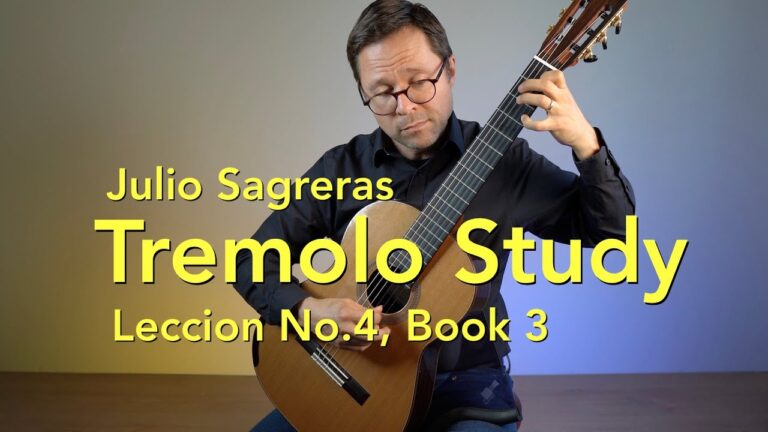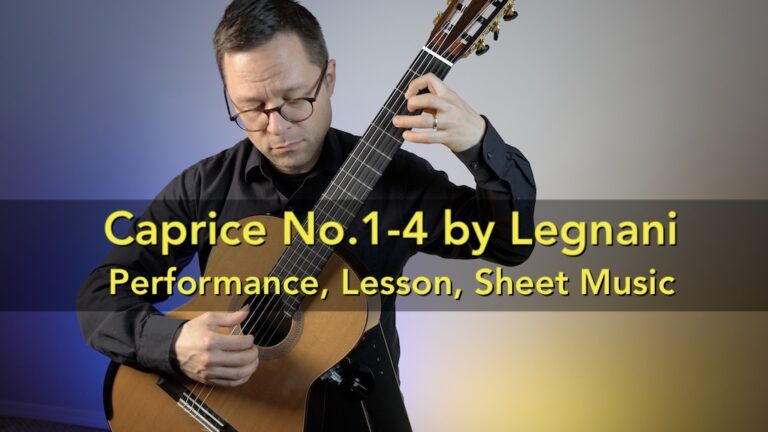This lesson comes from my new book Classical Guitar Repertoire Lessons Grade 3 – Seven pieces at the grade three level with dedicated lessons preparing you for each piece.
Bella Gioiosa from Il Ballarion (Venice, 1581) by Fabritio Caroso (c.1526-1605) – YouTube Video Lesson Link. This is a Renaissance lute work played in relative lute tuning. This charming little piece should present no difficulties other than reading with a new tuning. It might seem annoying to tune a string down and rethink the notes and fingerings but it opens up a huge world of lute music and often makes the music easier to play.
Tune the 3rd string down to F sharp – This is just a small turn of the tuning peg. You can match the pitch to the F sharp on the 4th string at the 4th fret. This brings the guitar into relative lute tuning so you can play the piece in the same way that the original lute tablature indicates. There is a huge amount of Renaissance music that uses this tuning so this can open up a new world of repertoire to you. This music was composed with this tuning in mind so often ends up being much easier to play. Adding a capo on the 3rd fret can bring you very close to the original tuning as well. You can also watch the video I mention: Relative Lute Tuning Video.





When you play with a capo, it looks like you shift all notes up by the capo position – ie 3 semitones (where F# is written, you play A etc)? That means you play the same finger positions treating the capo as open string? Is this always the case? Or would you sometimes use a capo to effectively fret that position – treat notes as their true value and just not need to fret G on 1st or 6th string (like permanently playing a barre there while keeping your fingers free)?
Yes, you play with a capo and pretend that it is not there. So the open 1st string is E on the page even though the sounding pitch heard is G. Essentially, you ignore the capo and pretend it’s a smaller guitar.
It is almost unheard of to read music at pitch with a capo. The reason being that you’d have to relearn the fretboard and fingering for everything. It wouldn’t be too hard if playing with no open strings but as soon as open strings occur you’d have to transpose the fingerings in your head or relearn the muscle memory.